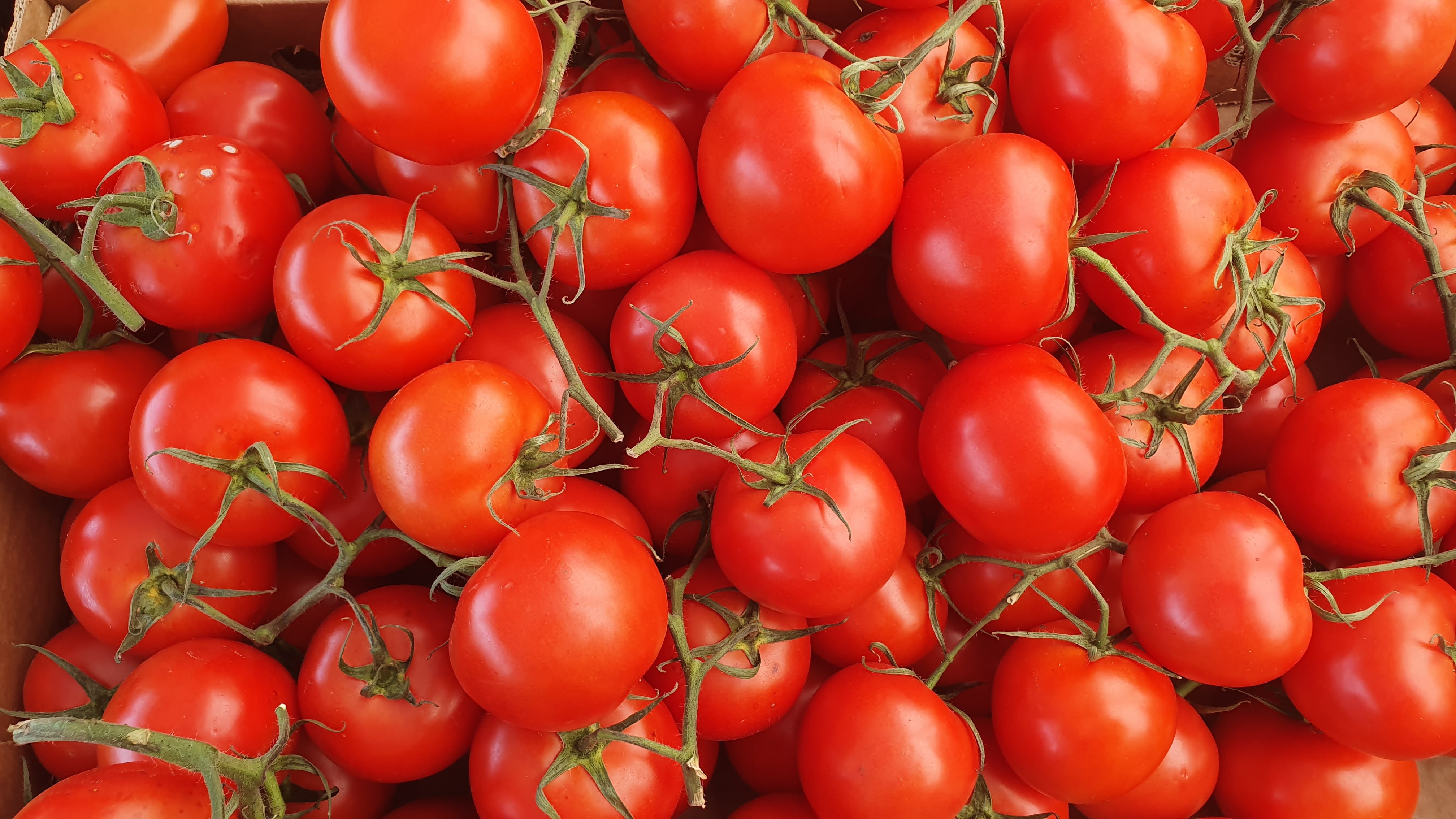COVID-19 Update II : Erratic Demand for Food Products
As the coronavirus continues, there have been erratic demand trends both upward and downward in the agriculture industry. Staple, non-perishable food items such as beans, canned products, and citrus fruits have seen an increase in demand.
On the other hand, food products with a shorter shelf life such as fresh vegetables, or those generally consumed in restaurants and bars such as seafood have seen a decline in demand. As a result, both exporters and importers alike see a growing need to adjust their sourcing and sales strategies to align with swift changes in the market.
Demand for Beans, Tuna, and UHT Milk Increases
Canned and dried beans continue to witness demand increases. Producers of dried beans in the United States and Canada reported having seen an increase in sales both domestically and internationally. State associations in the US have witnessed a 40-50% increase in demand. While US prices have currently been affected mainly at the retail level, grower level prices are also starting to be impacted as well.

As China has slowly started to resume its logistics operations, the demand for meat has been increasing. In accordance, the demand for Brazilian soybean, usually used for animal feed, has also increased since March.
Citrus fruits and by-products such as orange juice have seen one of the biggest and most unusual increases in demand after the outbreak as shoppers purchase products high in Vitamin C. According to Bloomberg, futures for orange juice has seen a 22% increase in March, the highest monthly gain since October 2015.
The demand for Vietnamese Tuna, in contrast to the general demand for seafood, has risen compared to the same period last year as demand for canned goods increased. The US and main tuna producers in Europe, especially Italy and Spain have increased demand for Vietnamese tuna loins amid the outbreak.

The demand for Polish UHT milk, which has a longer shelf life, has increased in Asia and Africa, which are unconventional markets for Polish suppliers. In the Czech Republic, UHT milk and milk powders saw huge increases in demand in March.
Fresh Fruit and Vegetable Sales Negatively Impacted
The demand for Vietnamese dragon fruit and watermelon, the main fruit export products, is recovering slowly in April as trade to China resumes. Exports had plummeted in February and March due to backlogs in crossing borders to China, its biggest export market for fruits. Vietnamese fruit exports to China fell by 30% compared to last year.
Fresh vegetables have also been negatively impacted in the US, as consumer habits show that Americans are less likely to eat vegetables at home rather than when eating out. Farmers have attempted to redirect their produce from restaurants to grocery stores, but are still facing difficulties with a lack of storage for its inventories.

The European Union has seen a decrease in tomato imports from Morocco, the fourth-biggest exporter, leaving 80% of the producers in Souss, a major hub for production and exports, to halt tomato shipments. Multiple factors, such as decreases in panic-buying, increases in logistics costs for exporting to the EU, as well as EU countries’ encouraging purchases of local food products, have influenced Morocco's tomato exports.
France, in particular, has decided to suspend imports from Morocco once the current contract amount ends, much to the worry of Moroccan tomato exporters as the country is their highest value-generating export market.
The border closure has led to a significant drop in demand for cocoa beans as international buyers are staying away from purchasing at this time. Due to the lack of buyers, exporters in Nigeria are selling merchandise far below farmgate prices. Cocoa beans will further lose value if kept in storage as it also loses its weight when stored for a prolonged period.

Seafood Demand Continues to Decrease
The demand for Thai shrimp has decreased, especially from Europe and the US, leaving Thai prices at approximately USD 1.50 per kg. Japan also has an oversupply of shrimp, as the country had already purchased stocks in preparation for the Olympics, which is no longer taking place this year.
Snow crab fishing in Canada has been delayed to at least April 20 due to concerns about staff safety as well as price drops from decreased demand.
Turkish fish exports to the US, Qatar, Saudi Arabia, and Kuwait have also dropped significantly, and export turnover was 30% lower in early April compared to the same period last year.

Poultry and Fresh Milk Sales Decline
In the US, the poultry industry has been hit as chicken supplies headed toward restaurants have been cut short. According to recent data, a single chicken processor is destroying approximately 750K unhatched eggs each week due to reduced demand.
The demand for fresh milk, in contrast to UHT milk, has plummeted since the outbreak, which has led farmers in the American Midwest to dump thousands of gallons of products in April. Dairy Farmers of America estimates that as many as 3.7 million gallons of milk are being dumped each day, accounting for about 5% of the US’s milk supply. Canadian dairy producers have also been throwing away excess milk for the second consecutive week.
This is as main consumers of dairy products such as schools and coffee shops have closed businesses. The International Dairy Foods Association projects that the numbers are expected to double to 10% if the lockdown is extended over the upcoming months.

The Best Solution to Capture Market Opportunities
While demand shifts toward alternative markets, fast-moving importers and exporters are trying to adapt to the volatile market situation. Tridge helps importers understand the market landscape, identify price volatility as a reference for underlying factors that affect supply, and connects suppliers in desired sourcing origins as a one-stop solution.
On the other side, food exporters are under pressure to find alternative markets or to keep up with increasing demand from unexpected markets. Finding a buyer in a new market is a difficult process. Tridge has extensive market coverage to reach out to importers in target countries.





